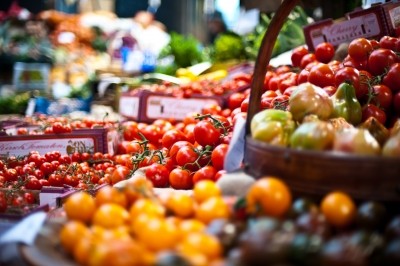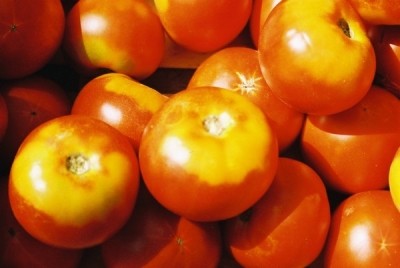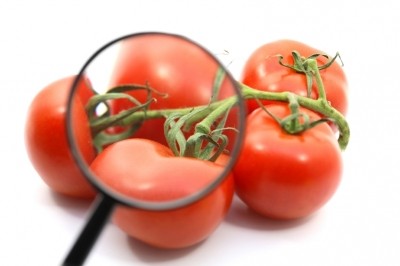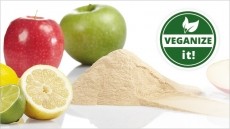European tomato paste users look to US market
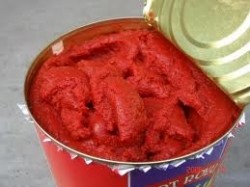
Olam Spices & Vegetables bought the tomato assets of SK Foods three years ago and, with the acceptance of US organic standards in Europe from February 2012, coupled with higher prices for local and Chinese tomatoes, president Greg Estep says demand for US-produced tomato products has increased.
European food manufacturers looking to source tomato paste – both organic and conventional – have seen prices rise rapidly in recent years on the back of European subsidy reform and decreased Chinese production, following a period in which China had sought to boost exports.
Estep told FoodNavigator: “Right now there is quite a bit of change going on in the tomato industry. In Europe, the decoupling of subsidies has made domestic production of tomatoes more expensive. You have that trend and then you have China, which had increased tomato production.”
But labour has become more expensive in China and poor weather has also affected Chinese crops. Estep claims that the crop there has decreased by about 60% over the past two years.
Seeking to step into this gap, Olam made its first shipment of USDA organic certified tomato products into Germany this summer – one of the first such shipments under the new regulation. However, customers in Europe have specific quality requirements for tomatoes that differ from those in the United States.
“The US is a lot more driven by ketchup and retail. The quality characteristics are different in Europe,” he said. “…In the US, most customers are looking for high viscosity while in Europe they are looking for a brighter tomato and they will trade off the viscosity for greater brightness.”
Estep added that the company has seen higher demand for cold break tomato paste – which is heated to about 66 degrees Celsius to preserve colour – as opposed to hot break tomato paste, which is heated to 100 degrees Celsius to produce a thicker paste, and which is more popular in the US.

